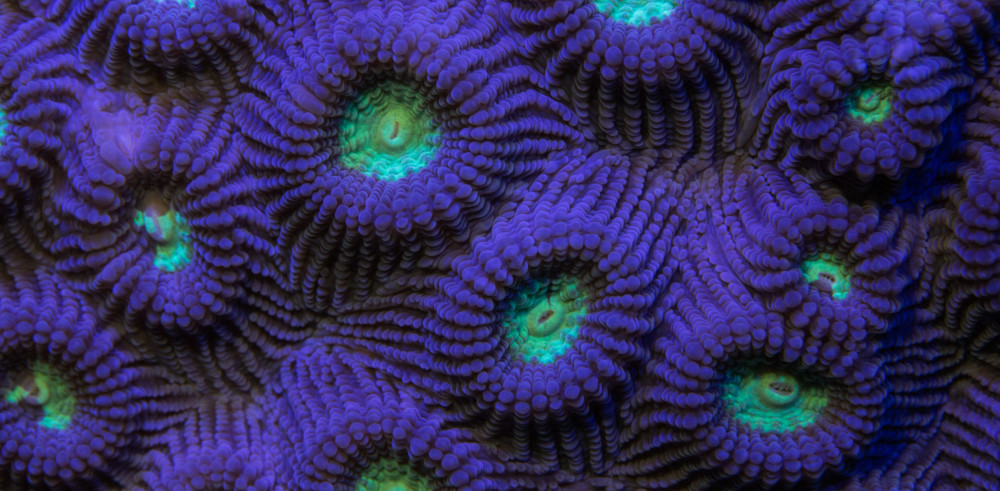The Light & Motion Sola Photo 1200 is the most popular modeling light used for underwater macro photography. I have been using Sola lights for over seven years now. All Light & Motion lights are easy to use, lightweight, and reliable. My favorite feature of the Sola Photo 1200 is the red light option. This feature enables the user to photograph marine life without disturbing them. Some marine animals do not see red light.
Best features of the L&M Sola Photo 1200
- Factory sealed body ensures flood-free performance
- Compatible with a ball mount, ys mount and loc-line
- SOS mode – Emergency function
- Adjustable light output -1200 lumens (white light max)
- Red light feature
The red light feature works outstanding underwater. Get creative with blending red and white light during your dives.
The red light feature works great for photographing nudibranch’s, sea turtles, and cephalopods during night-dives. These animals are less affected by the red light.
Check out the eye of the cuttlefish. The pupil is wide open (dilated)
With white light, the pupil is constricted. The cuttlefish looks irritated by the bright light.
Below are a few photographs of my dive buddies using the red feature.
If you would like to test the Sola Photo 1200, please let me know. Friends and supporters – Save 20% off your first Light & Motion purchase https://prz.io/648x6bGC1
Learn more about this product and accessories offered at the Light & Motion Website.
I want to thank Tokina, Light & Motion, Nightsea, and Black Fin Grouper for all their continuous support over the years.
#MakeTheSwitch4Nature


























































